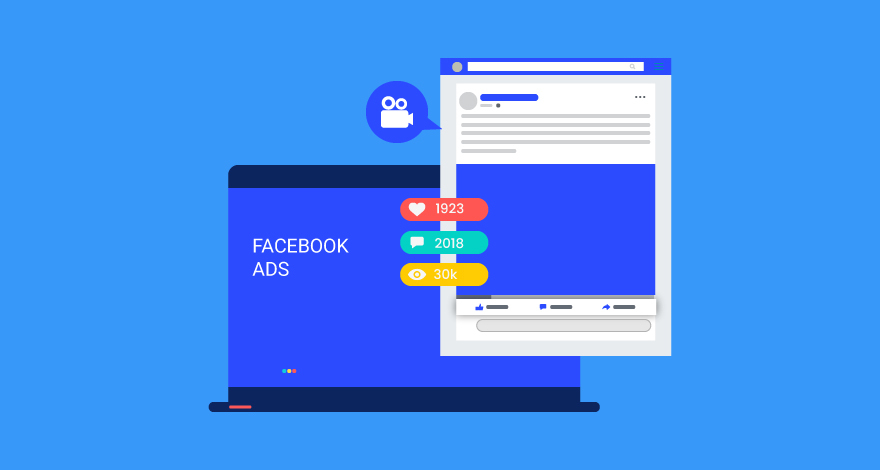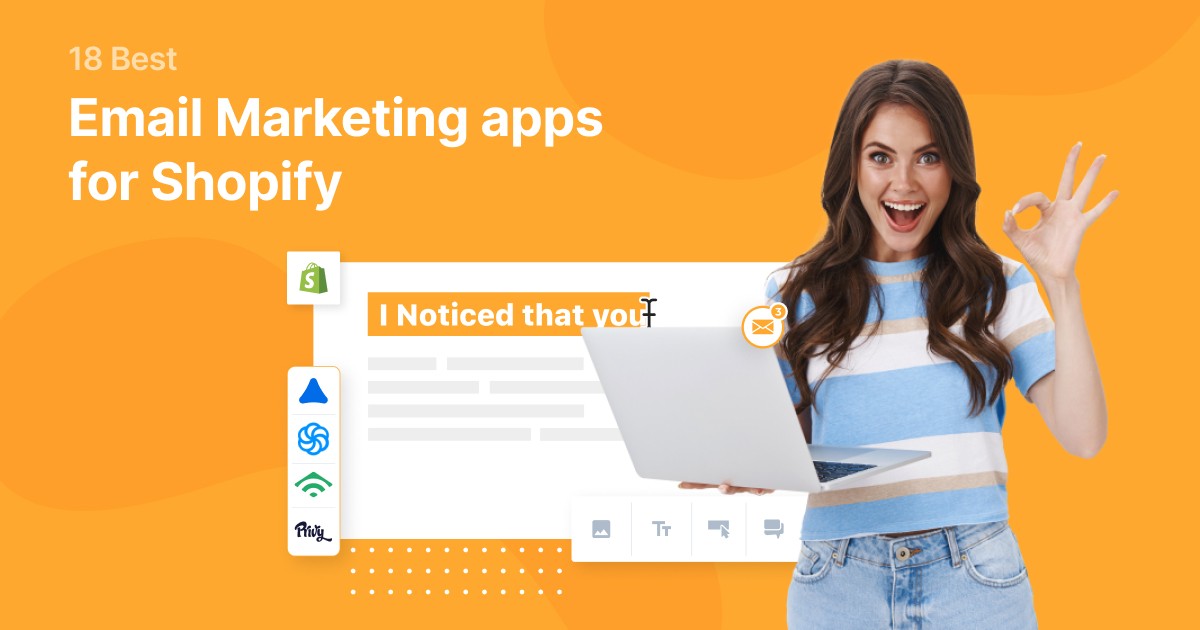
You can advertise PPC on the Internet using Ad extensions, Ad group, and Quality Score. There are many tools out there, and knowing how to use them will maximize your advertising dollars. You can read on to learn more about these and other PPC tool. These techniques can help maximize your advertising ROI. You will be happy you did. Here's an overview of some of these most important.
Extensions for ads
Ad extensions can improve ROI, even though their purpose isn't usually to increase CTR. While they don't increase CTR, they can provide valuable information that can help convert customers. Some ad extensions, such as a sitelink, are used to redirect users to different pages. These extensions can be used on more than one campaign. These are just a few of the many benefits that ad extensions can bring to your campaign.

Qualitative score
The Quality Score, or expected click-through rates, is a key indicator of whether the advertisement is relevant to the user’s search query. The higher the click-through rate, the higher the Quality Score. There are several factors that you can use to make sure your ads are relevant and get a high Quality Score. These include optimizing the ad text to match search queries and targeting keywords.
Retargeting
Retargeting is a powerful tool for advertising PPPC. Retargeting allows you to retarget visitors who have visited your site before. This can be used for many purposes including brand awareness, traffic building, and conversions. It is important to know how retargeting works before you get started. Learn the basics of retargeting in order to determine which one to choose.
Ad groups
PPC marketing campaigns must include ad group. They decide the keywords that will target your ads. Because they make it possible to focus on specific audiences and minimize the risk of advertising non-targeted consumers, ad groups can be very important. These groups can also help you analyze the effectiveness of your PPC campaign and improve your conversion rates and profits. First create an ad category and then create several ads based upon keywords and other criteria.
Bidding strategies
Many bidding platforms allow for seasonality adjustments, which give bid strategies advance warning about changes in conversion rates. Google Ads, for example, will automatically lower your Black Friday bids to increase your ROI. Bidding providers also use targets to guide bid strategies. This could include a 30% reduction of ROAS. Bidding strategies need to be realistic, based on past performance. You shouldn't aim for a CPA, ROAS or other professional that is one million miles above your current level.

Conversion goals
Conversion goals are a great way to track the effectiveness of your PPC ads. Tracking conversions will help you optimize your budget, advertising strategy and marketing strategies. This data collection mission allows you to understand which keywords bring you the most revenue. Your conversion rates can be used to identify growth opportunities, and help improve your campaigns. Your ROI on ad spending can be used to optimize your campaigns, and maximize your budget.
FAQ
What do you need to know about print advertising?
Print advertising is an effective medium for communicating with consumers. It is used by many companies for promoting products and services. The key objective is to capture the attention of the consumer.
Print ads are usually short (one page) and contain text, pictures, logos, and other graphics. These ads may include sound, animation and video as well as hyperlinks.
The following categories are the most common types of print advertisements:
1. Brochures are large-format printed materials that are designed to draw people into shops. Brochures can often be adorned with brightly colored images and eye-catching designs.
2. Catalogues- These are smaller versions and variants of brochures. These are usually sent to customers who request information about specific items.
3. Flyers - These are small pieces of paper distributed at events such as concerts and fairs. These flyers are usually free, but they must be purchased if given to retail outlets.
4. Posters – These are larger versions than flyers. These flyers can be displayed on buildings, fences and walls. They are created by computer software programs in order to grab passersby's eyes.
5. Direct mail – These are direct mail letters and postcards sent to potential customers. These are sent out by companies to remind customers about their business.
6. Newspaper ads - These ads are published in magazines and newspapers. They are usually very long and contain text and images.
What is affiliate market?
Affiliate marketing allows you to make money by referring people to other websites that sell products or services. If someone buys from your product, you get paid by the owner.
Referrals are the basis of affiliate marketing. Referring people to your website is all that's required. You just need to refer them to our website.
You can make money without doing any hard selling at all. It's equally easy to sell and buy.
In minutes, you can also set up an affiliate account.
Referring more people will result in more commission.
There are 2 types of affiliates.
-
Affiliates who own their own websites
-
Affiliates who work with companies that provide products and/or services.
What is an advertising buyer?
An advertiser purchases advertising space on TV, radio or print media.
Advertisers pay only for the time their message is to appear.
They are not necessarily looking for the best ad but rather what is most effective at reaching their target market.
Advertisers may have demographic information such as the age, gender, marital status, income level, occupation, hobbies, and interests of their customers.
These data can be used to help advertisers decide the most effective medium. For example, they might decide that direct mail would be more effective with older audiences.
Advertisers also check out the competition. Advertisers might place their ads near similar businesses if they see them.
Advertisers should also consider how much money they have available and how long it takes to use it.
Advertising what is it?
Advertising is an art form. It's more than just selling products. It's about creating emotional connections between people and brands.
Advertising is about sharing stories and using images for ideas.
Communicating clearly and persuasively is key. And you need to tell a story that resonates with your target market.
Advertising is different than other communication methods, such as writing or public speaking.
When you create a winning ad campaign, it is creating your brand identity.
This is how memorable you can be. You will be remembered by others.
How do I choose my target audience?
Begin by talking to yourself and people close to you. You might be unsure where to begin. Ask yourself: "Whom am I trying to reach?"
These are some questions to ask yourself: Who is the most influential person in my industry? What are the problems they face daily? Who are my top-ranking people? Where can they be found online?
Go back to the beginning when you started your business. Why did you start? How did you solve the problem?
These answers will help to identify your ideal clients. You'll also learn more about what makes them tick and why they buy from you.
It is also possible to look at the websites and social networks pages of your competitors to get insight into who they cater.
Once you have identified the target customers, it is time to decide what channel(s) you want to use to reach them. For example, if your company provides services to real estate agents, you might create an informational website targeting home buyers.
If your company provides software to small businesses, you might consider creating a blog for those owners.
A Facebook page for teens could be set up if you are a clothing seller. A Twitter account could be set up by restaurant owners to allow parents to search for places that are kid-friendly.
You have many options to convey your message.
Is it possible to get traffic for free?
Free Traffic refers to the traffic that comes directly from organic search results without paying for ads. This type of traffic is known as organic traffic or natural traffic. There are many options to get free traffic like article marketing and social media marketing.
Article Marketing is an excellent way to generate free traffic. Paid ads have a higher CPC, but the CPC is typically much lower than paid ads. Article marketing can also be referred to content marketing.
Social Media Marketing – Social media platforms like Facebook, Twitter and LinkedIn let you promote your business via advertising. These sites allow you to update, share photos, and develop relationships with people who could become customers. Many businesses opt to purchase ad space on social networks because they want to reach a larger audience for a more affordable price.
Blogging - Another great way to generate traffic is blogging. If you create quality content that people love to read, visitors will find you. Once your blog is attracting visitors, it's possible to make money from it by selling products and/or services.
Email Marketing – Email marketing has been around ever since the dawn of the Internet. However, it remains one of your best methods to drive traffic to you website. You can grow your list and eventually sell to subscribers by sending them emails frequently.
What is an Ad Campaign?
An advertising campaign is a series of advertisements designed to promote a product or service. It may also refer to the entire production of such ads.
The Latin word for selling is "ad." The first known use was by Marcus Terentius Varro (116-27 BC), who used it as a verb meaning "to make a sale."
Advertising campaigns are most often done by large agencies or businesses. Advertising campaigns can involve many media types, such as television, radio, print, and the internet.
Advertising campaigns last several months and are usually focused on specific goals. Some campaigns are designed to increase awareness, while others aim to increase sales.
Statistics
- It collects money from the advertisers, keeps 32% for its role in facilitating the process, and the remaining 68% goes to the publisher (you). (quicksprout.com)
- Worldwide spending on advertising in 2015 amounted to an estimated US$529.43 billion. (en.wikipedia.org)
- This means that at least 50% of an ad needs to be shown on the screen for at least one second. (quicksprout.com)
- It's 100% reliant on your website traffic. (quicksprout.com)
External Links
How To
How can I advertise on Google
AdWords, Google's advertising platform, allows businesses to buy ads based upon keywords they wish to target. Setting up your account is the first thing. First, you choose a campaign name. Next, you set the budget and select the ad type. Finally, add keywords. Then, you place a bid on the keywords. You only pay if someone clicks on your ads if they come from someone who searched for your targeted keywords. You get paid even if people don't purchase anything.
Google offers many tools to help ensure that your ads are effective. These include Ads Preferences Manager, Keyword Planner, Analytics, and Ads Preferences Manager. These let you determine which strategy is best for you business.
A keyword planner can help you identify the right keywords for your campaigns. You can also see how competitive certain keywords are, which will help you decide whether to spend money bidding for them.
Ads Preferences Manager is available to alter settings such as maximum number of impressions per calendar day and minimum cost per click.
Analytics allows you to track and compare the performance of your ads with those of other advertisers. You can also view reports comparing the performance of your ads with others.